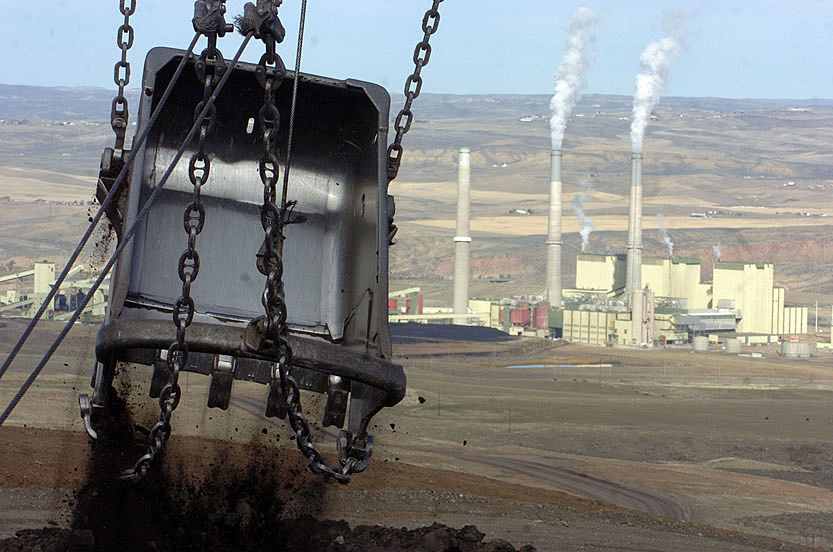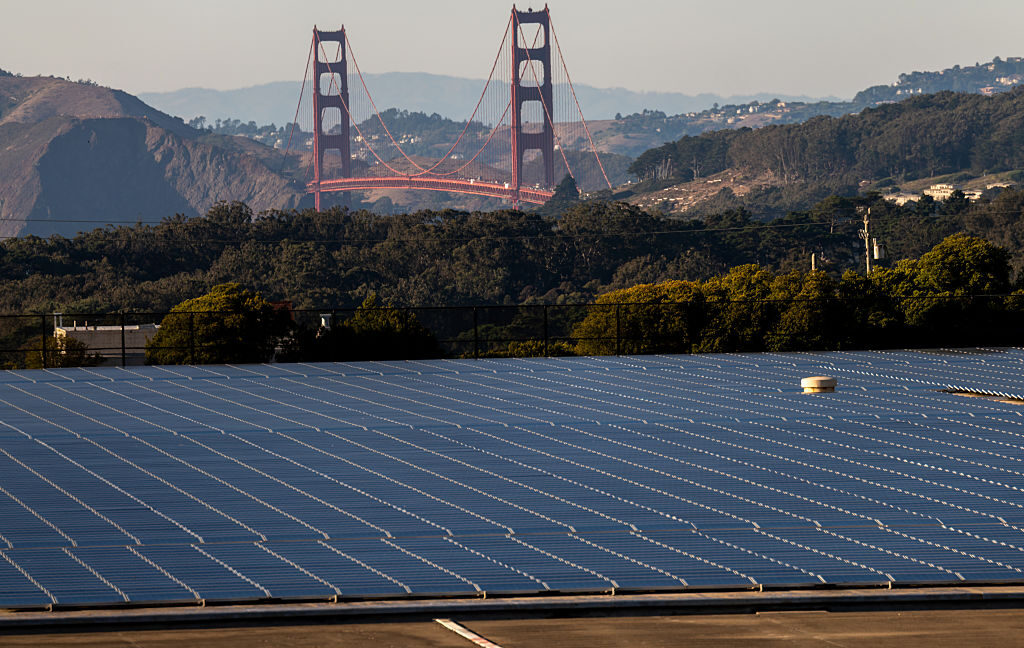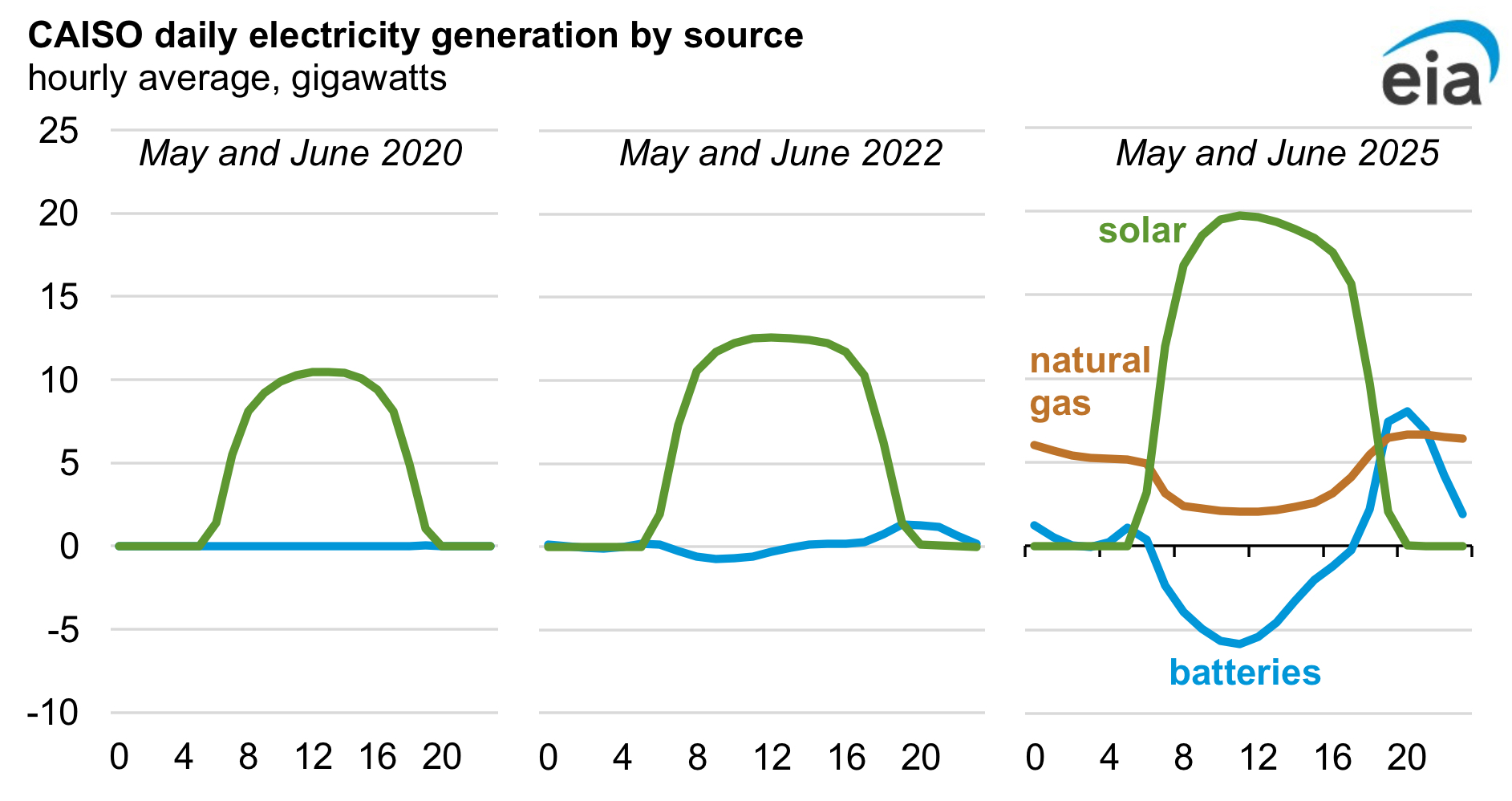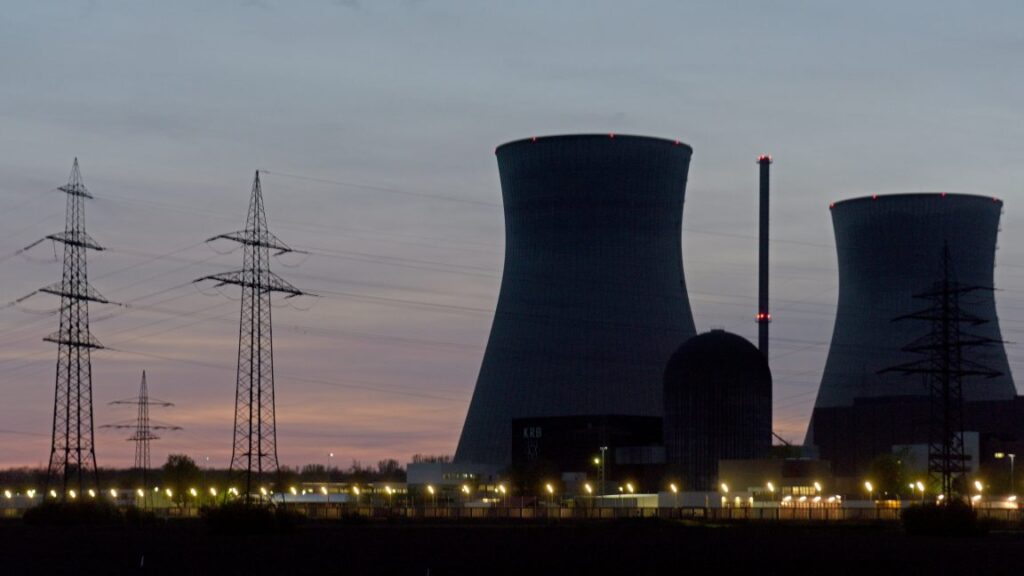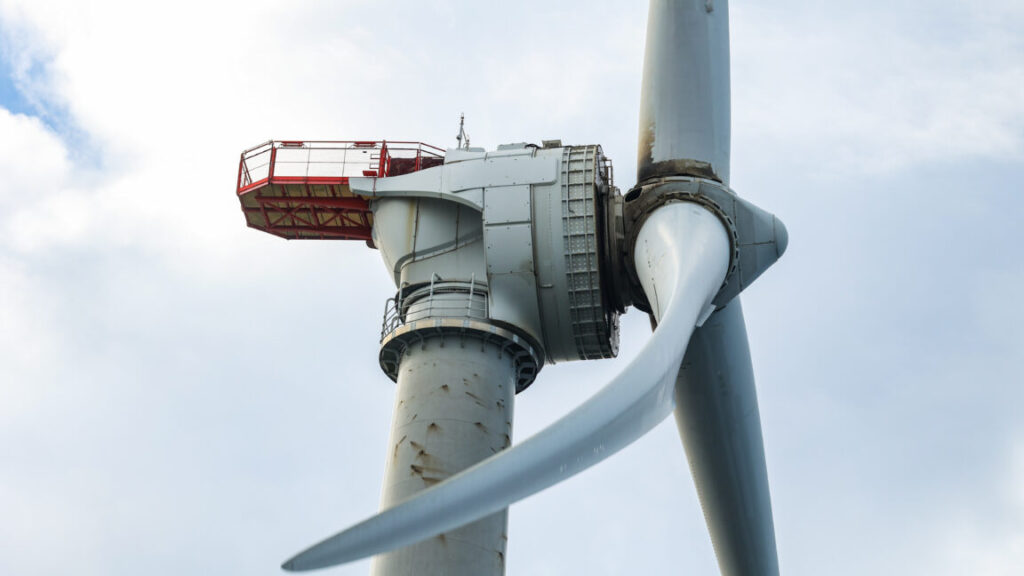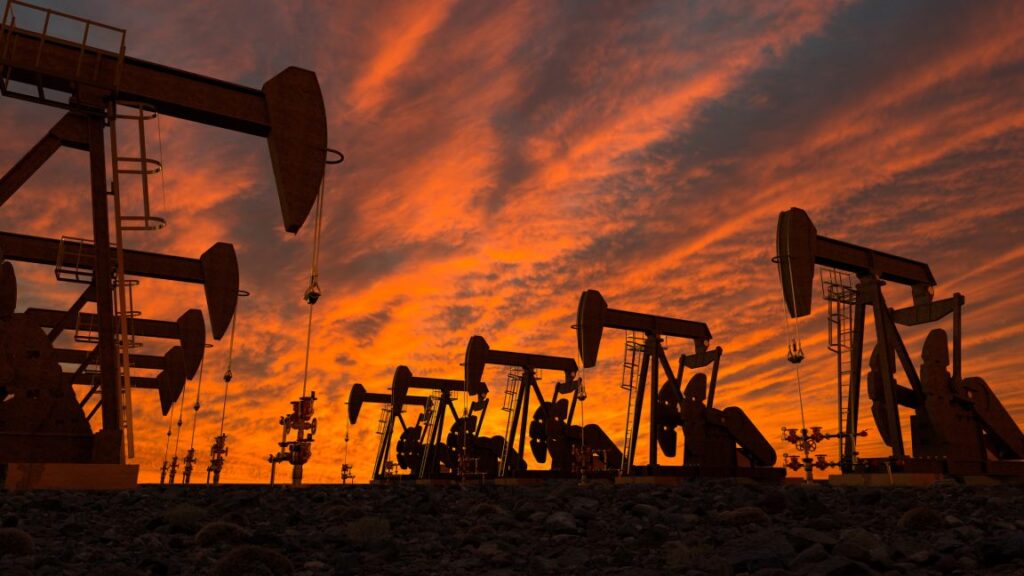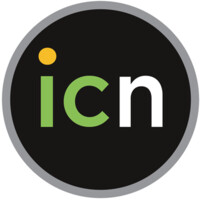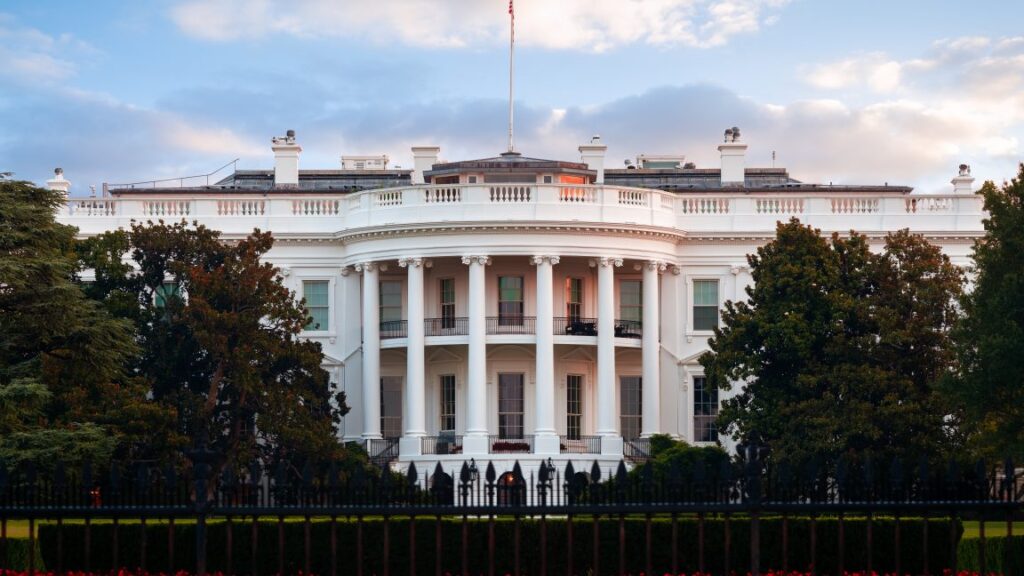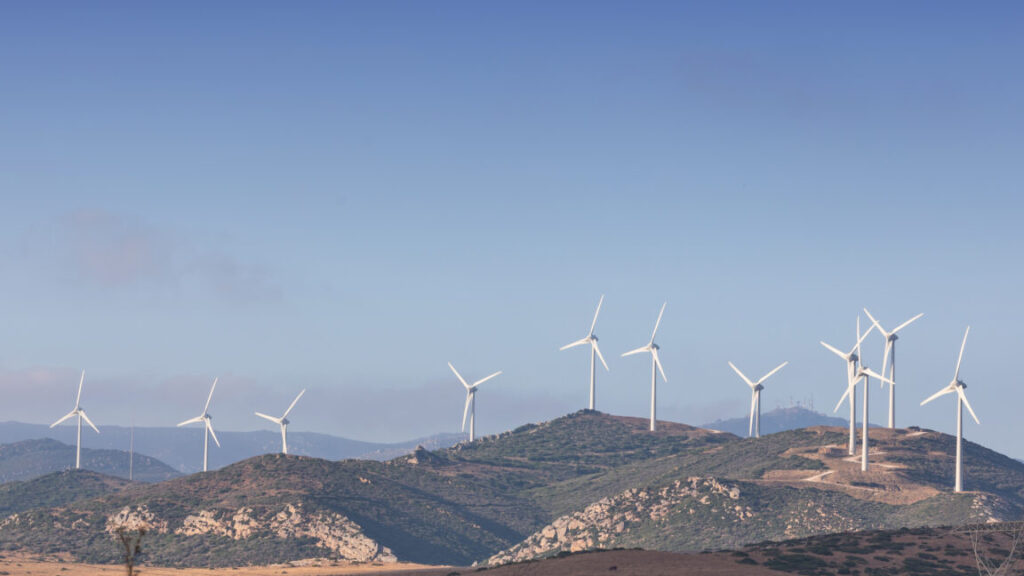Here we go again: Retiring coal plant forced to stay open by Trump Admin
On Tuesday, US Secretary of Energy Chris Wright issued a now familiar order: because of a supposed energy emergency, a coal plant scheduled for closure would be forced to remain open. This time, the order targeted one of the three units present at Craig Station in Colorado, which was scheduled to close at the end of this year. The remaining two units were expected to shut in 2028.
The supposed reason for this order is an emergency caused by a shortage of generating capacity. “The reliable supply of power from the coal plant is essential for keeping the region’s electric grid stable,” according to a statement issued by the Department of Energy. Yet the Colorado Sun notes that Colorado’s Public Utilities Commission had already analyzed the impact of its potential closure, and determined, “Craig Unit 1 is not required for reliability or resource adequacy purposes.”
The order does not require the plant to actually produce electricity; instead, it is ordered to be available in case a shortfall in production occurs. As noted in the Colorado Sun article, actual operation of the plant would potentially violate Colorado laws, which regulate airborne pollution and set limits on greenhouse gas emissions. The cost of maintaining the plant is likely to fall on the local ratepayers, who had already adjusted to the closure plans.
The use of emergency powers by the DOE is authorized under the Federal Power Act, which allows it to order the temporary connection of generation or infrastructure when the US is at war or when “an emergency exists by reason of a sudden increase in the demand for electric energy, or a shortage of electric energy.” It is not at all clear whether “we expect demand to go up in the future,” the DOE’s current rationale, is consistent with that definition of emergency. It is also hard to see how using coal plants complies with other limits placed on the use of these emergency orders:
Here we go again: Retiring coal plant forced to stay open by Trump Admin Read More »
